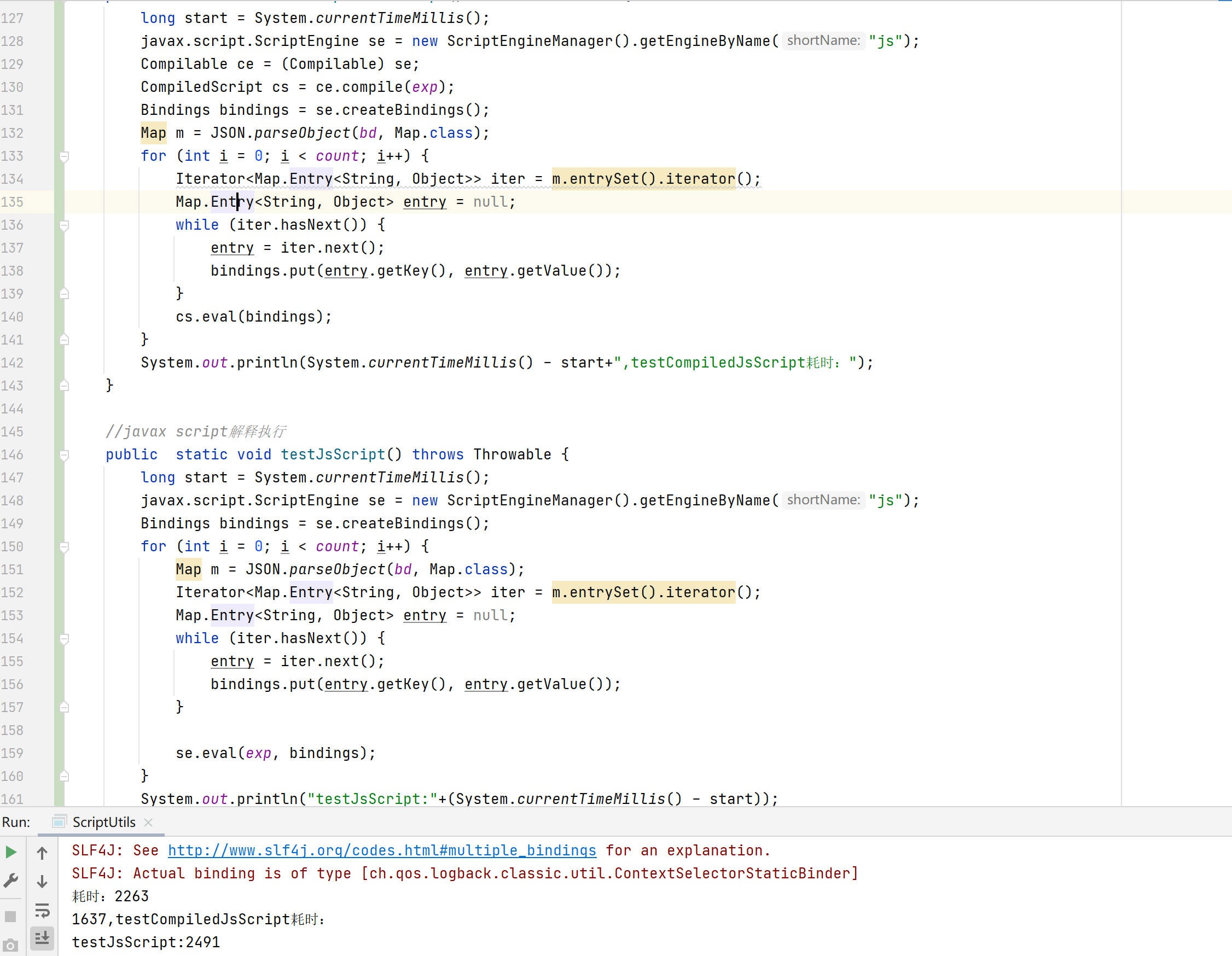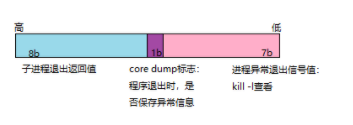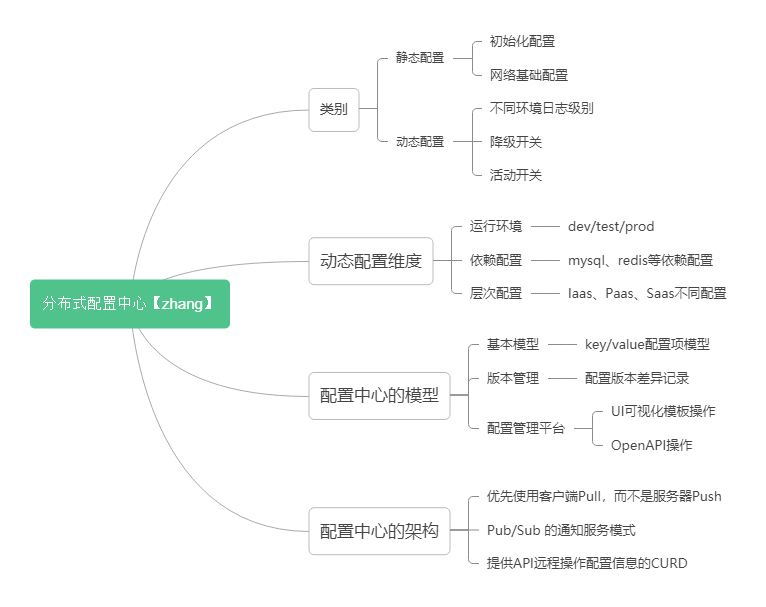Received fatal alert: handshake_failure
项目环境配置
java+jdk1.7+tomcat+eclipse
由于不能升级项目jdk版本,只好想办法兼容jdk1.7版本
开始网上寻找解决办法,尝试了下载jdk1.7补丁包jce包方法https://www.cnblogs.com/1995hxt/p/6185399.html
https://blog.csdn.net/gege87417376/article/details/77936507,还是依然报错,继续尝试其他办法
javax.net.ssl.SSLHandshakeException: Received fatal alert: handshake_failureat sun.security.ssl.Alerts.getSSLException(Alerts.java:192) ~[na:1.7.0_80]at sun.security.ssl.Alerts.getSSLException(Alerts.java:154) ~[na:1.7.0_80]at sun.security.ssl.SSLSocketImpl.recvAlert(SSLSocketImpl.java:1979) ~[na:1.7.0_80]at sun.security.ssl.SSLSocketImpl.readRecord(SSLSocketImpl.java:1086) ~[na:1.7.0_80]
报错代码:
static {SSLContext sslContext = null;try {sslContext = SSLContexts.custom().loadTrustMaterial(new TrustStrategy() {public boolean isTrusted(X509Certificate[] chain, String authType) throws CertificateException {return true;}}).build();} catch (KeyManagementException e) {e.printStackTrace();} catch (NoSuchAlgorithmException e) {e.printStackTrace();} catch (KeyStoreException e) {e.printStackTrace();}SSLConnectionSocketFactory sslSf = new SSLConnectionSocketFactory(sslContext,new String[] { "TLSv1.2" },null,NoopHostnameVerifier.INSTANCE);System.setProperty("https.protocols", "TLSv1.1,TLSv1.2,SSLv3");Registry<ConnectionSocketFactory> sfRegistry = RegistryBuilder.<ConnectionSocketFactory>create().register("http", PlainConnectionSocketFactory.getSocketFactory()).register("https", sslSf).build();conMgr = new PoolingHttpClientConnectionManager( sfRegistry );conMgr.setMaxTotal( MAXCONNECTION );conMgr.setDefaultMaxPerRoute( MAXCONNECTION );hb= HttpClients.custom().setSSLContext( sslContext );hb.setConnectionManager( conMgr );}
调整好后的代码
static {SSLContext sslContext = null;try {sslContext = new SSLContextBuilder().useProtocol("TLSv1.2").loadTrustMaterial(null, new TrustStrategy(){public boolean isTrusted(X509Certificate[] arg0, String arg1)throws CertificateException{return true;}}).build();} catch (KeyManagementException e) {e.printStackTrace();} catch (NoSuchAlgorithmException e) {e.printStackTrace();} catch (KeyStoreException e) {e.printStackTrace();}javax.net.ssl.HostnameVerifier hostnameVerifier = NoopHostnameVerifier.INSTANCE;SSLConnectionSocketFactory sslSocketFactory = new SSLConnectionSocketFactory(sslContext, hostnameVerifier);Registry<ConnectionSocketFactory> sfRegistry = RegistryBuilder.<ConnectionSocketFactory>create().register("http", PlainConnectionSocketFactory.getSocketFactory()).register("https", sslSocketFactory).build();conMgr = new PoolingHttpClientConnectionManager( sfRegistry );conMgr.setMaxTotal( MAXCONNECTION );conMgr.setDefaultMaxPerRoute( MAXCONNECTION );hb= HttpClients.custom().setSSLContext( sslContext );hb.setConnectionManager( conMgr );}



































还没有评论,来说两句吧...